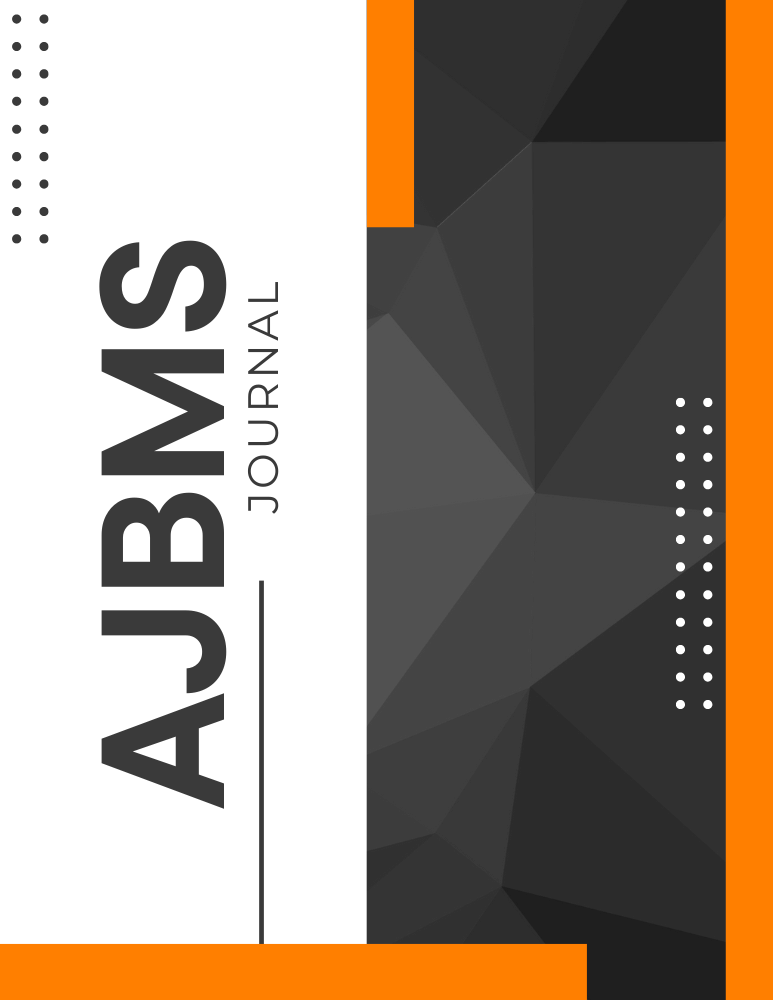Leveraging Artificial Intelligence for Enhanced Decision-Making in Modern Business Environments
Keywords:
Artificial Intelligence, Decision-Making, Business Analytics, Organizational StrategyAbstract
Artificial Intelligence (AI) has emerged as a transformative force in reshaping how businesses operate and make decisions. This paper explores the integration of AI tools and techniques into organizational decision-making processes, emphasizing their impact on improving efficiency, accuracy, and innovation. The research highlights various AI applications, such as predictive analytics, natural language processing, and machine learning algorithms, in facilitating data-driven strategies. A comparative analysis of traditional and AI-augmented decision-making frameworks reveals significant improvements in agility and adaptability in competitive markets. Challenges such as ethical considerations, data privacy, and the need for skill development are also addressed, underscoring the necessity of a balanced approach to AI adoption. By examining case studies from industries including finance, healthcare, and manufacturing, this paper provides actionable insights into leveraging AI for sustainable growth and competitive advantage. The findings contribute to the discourse on how organizations can navigate the complexities of digital transformation while fostering innovation through AI.
References
Davenport, T. H., & Ronanki, R. (2018). Artificial Intelligence for the Real World. Harvard Business Review.
Brynjolfsson, E., & McAfee, A. (2014). The Second Machine Age. W.W. Norton & Company.
Russell, S., & Norvig, P. (2021). Artificial Intelligence: A Modern Approach. Pearson.
Chui, M., Manyika, J., & Miremadi, M. (2016). Where machines could replace humans—and where they can’t (yet). McKinsey Quarterly.
Agrawal, A., Gans, J., & Goldfarb, A. (2018). Prediction Machines: The Simple Economics of Artificial Intelligence. Harvard Business Review Press.
Bukhari, S. K., Ashraf, Y., Nasir, S., & Akbar, K. (2021). Blood groups and COVID-19: Exploring the link.
LeCun, Y., Bengio, Y., & Hinton, G. (2015). Deep learning. Nature, 521(7553), 436-444.
Makridakis, S. (2017). The forthcoming Artificial Intelligence (AI) revolution: Its impact on society and firms. Futures, 90, 46-60.
Kaplan, A., & Haenlein, M. (2019). Siri, Siri, in my hand: Who’s the fairest in the land? On the interpretations, illustrations, and implications of artificial intelligence. Business Horizons, 62(1), 15-25.
Gil, D., et al. (2019). AI-powered decision-making frameworks: A review. Information Systems Frontiers, 21(4), 823-840.
Chen, H., Chiang, R. H. L., & Storey, V. C. (2012). Business Intelligence and Analytics: From Big Data to Big Impact. MIS Quarterly, 36(4), 1165-1188.
Varian, H. R. (2010). Computer mediated transactions. American Economic Review, 100(2), 1-10.
Turing, A. M. (1950). Computing machinery and intelligence. Mind, 59(236), 433-460.
McCarthy, J., et al. (2006). The Dartmouth Summer Research Project on Artificial Intelligence: AI’s historical roots. AI Magazine, 27(4), 43-60.
Bughin, J., et al. (2018). Skill shift: Automation and the future of the workforce. McKinsey Global Institute.
Porter, M. E. (2008). The Five Competitive Forces That Shape Strategy. Harvard Business Review.
Simon, H. A. (1997). Administrative Behavior: A Study of Decision-Making Processes in Administrative Organization. Free Press.
Pichler, R. (2020). Enterprise AI: Scaling AI for Business Impact. O’Reilly Media.
West, D. M. (2018). The Future of Work: Robots, AI, and Automation. Brookings Institution Press.
Cockburn, I. M., et al. (2019). The Impact of Artificial Intelligence on Innovation. NBER Working Paper No. 24449.
Zhang, X., et al. (2018). Big Data Analytics in Supply Chain Management: A State-of-the-Art Literature Review. Computers & Operations Research, 98, 338-359.
Alpaydin, E. (2020). Introduction to Machine Learning. MIT Press.
Mitchell, T. M. (1997). Machine Learning. McGraw-Hill.
Vellido, A., et al. (2012). Artificial intelligence in management science: A 40-year perspective. Decision Support Systems, 54(2), 885-892.
Brynjolfsson, E., et al. (2020). Human-Machine Collaboration in the Age of AI. Journal of Management Information Systems, 37(2), 439-466.
Knight, F. H. (1921). Risk, Uncertainty, and Profit. Houghton Mifflin.
Shapiro, C., & Varian, H. R. (1999). Information Rules: A Strategic Guide to the Network Economy. Harvard Business Review Press.
Bostrom, N. (2014). Superintelligence: Paths, Dangers, Strategies. Oxford University Press.
Schwab, K. (2016). The Fourth Industrial Revolution. Crown Business.
Brynjolfsson, E., & McAfee, A. (2017). Machine, Platform, Crowd: Harnessing Our Digital Future. W.W. Norton & Company.
Polanyi, M. (1966). The Tacit Dimension. University of Chicago Press.
Downloads
Published
How to Cite
Issue
Section
License
Copyright (c) 2025 Asian Journal of Business Management Sciences (AJBMS)

This work is licensed under a Creative Commons Attribution-NonCommercial-NoDerivatives 4.0 International License.











